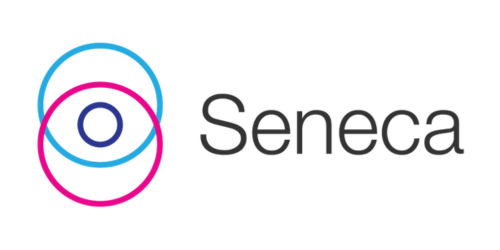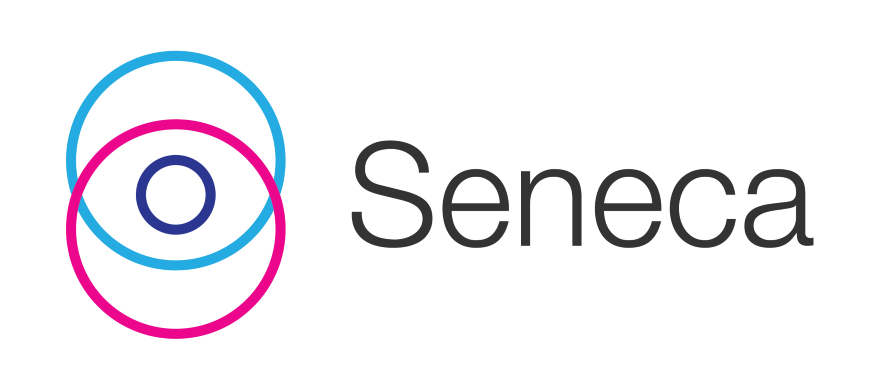The National Australia Bank Ltd (ASX: NAB) share price is up 1% in morning trade on Thursday after a well-received half year result and on-market share buyback announcement.
NAB results and on-market share buyback
NAB reported H1 cash NPAT of $3.55 billion and EPS of $1.12. Across operating metrics (interest income, impairments, profit, ROE), the result was modestly ahead of consensus expectations.
NAB declared an interim dividend of $0.84 per share, fully franked with a record date of 8 May and payable 3 July (in line with market expectations).
A highlight of the result was the company increasing its on-market share buy-back announced in August 2023 by $1.5 billion, to run for a further 12 months. While small in relative to NAB’s $104.6 billion market cap, this allows NAB to stay within its target CET1 range of 11.00 – 11.50%.
The buyback has been well received by the market, but longer term it calls into question management’s capital allocation decisions, given NAB shares are trading at 12-month highs, with a moderating outlook across net interest margins, bad debts and lending volumes.
How to generate defensive income
Bank shares have long been favoured among retirees due to their ability to pay fully franked dividends twice a year to shareholders like clockwork.
However, bank share prices have run hard in the last 12 months. We prefer to buy bank shares when prices are low, like we did in May last year when NAB shares yielded 6%+ (fully franked) and traded on a P/E of 11x despite an improving credit quality outlook.
Today, the NAB share price trades 27% higher as the shares rallied from $26.50 to $34.00 and P/E ratio of 15x, so it doesn’t offer as much capital upside as it did 12 months ago, considering the stagnant earnings growth.
For investors looking for reliable income, the Seneca Defensive Income SMA invests in Domestic and international fixed income securities via a diversified portfolio of actively managed fixed income funds focused on more defensive (investment grade) income generating assets and strategies. Allocations are strategic with tactical tilts made as the outlook for various segments of the fixed income market change over time. Manager selection is driven by internal desk based qualitative and quantitative research and external research ratings.
The portfolio currently has an estimated yield of 7.37% gross yield and has outperformed its benchmark by 2.47% per annum since inception.
Bond yields in Australia and overseas have risen during April, on the back of some stronger-than-expected economic data. However, our view (and that of most central bankers) is that the data continues to trend in the right direction and inflation is likely to settle within the target range.
Property shares on the ASX
If you want exposure to the burgeoning ASX property sector without taking on the risk of defaults that banks take on as mortgage lenders, here are three property shares we own in our direct portfolios at Seneca that are worth consideration.
REITs
Over the last 13 years, investing in ASX-listed property companies has generated significantly better returns than investing in direct residential property on an unlevered basis.
With the recent selloff in large cap REITs, high quality ASX REITs have pulled back to attractive levels.
Two examples of companies we hold are Goodman Group (ASX: GMG) and Ingenia Communities (ASX: INA). Goodman Group, led by founder and significant (4.27%) shareholder Greg Goodman, is a global leader in industrial property. The sector has enjoyed various tailwinds over the last few years from the rise of e-commerce fulfilment/distribution centres demand, data centre growth, and retail strength.
Ingenia operates retirement villages, land leases and holiday parks and has a market cap of $1.9 billion. Land leases are targeted at retirees looking at downsizing where people live within a community and pay fortnightly fees to lease the land rather than own it. This offers benefits to retirees including a ~20% lower cost of ownership, socially connected communities, and freeing up equity trapped in the family home.
With dealmaker David Di Pilla’s HMC Capital taking an 8% stake in INA (on the back of his Sigma/Chemist Warehouse deal), we see strategic value in Ingenia’s assets, and valuation upside should asset spinoffs occur.
PEXA Group Ltd (ASX: PXA)
At Seneca, we like ‘picks and shovels’ businesses, and digital property settlement market leader Pexa fits the bill. PEXA operates a monopoly property conveyancing platform in Australia, handling 88% of all property transactions in the $240 million per annum market in Australia.
The Australian business is worth ~13.00 per share on our numbers in isolation. The market has been sceptical about Pexa’s loss-making foray into the UK, a 3x larger market size that is still operating legacy, paper-based property settlement systems. We think at the current PXA share price, the market is attributing zero value for the ‘free option’ that the business retains to penetration in the UK market.
In fact, the Pexa share price is up +10% today on the back of an agreement with large UK lender NatWest to implement Pexa’s technology in remortgages, a vertical which Pexa uses as a ‘foot in the door’ strategy to extend its use of Pexa’s platform to sale and purchase transactions in due course. Pexa has already proved the effectiveness of its remortgaging solution in Australia, reducing process time from months to as little as 48 hours.
We aren’t the only ones assessing Pexa’s undervalued share price – the Australian reported on the weekend that private equity firm Thoma Bravo is running the numbers on a potential takeover.
Australian Finance Group Ltd (ASX: AFG)
Australian Finance Group is a mortgage broking group that, like Pexa, benefits from increased housing transaction volumes, which have been subdued since the rate hiking cycle commencing in 2022.
AFG has multiple levers of upside to higher volumes – not just through its market-leading aggregation platform, but also from directing more brokers and borrowers towards its white label and AFG-branded home loans which are higher margin products for the business.
We like AFG relative to peers due to its prudent management, who deliver a fast loan turnaround time, whilst maintaining loan quality, ensuring a net promoter score (NPS) well above peers. In an industry with mixed quality of customer service, we think this works in AFG’s favour when trying to win home loan market share. Hearing management’s reluctance to pursue loan book growth at the expense of maintaining credit quality reassures us that it should be more insulated from an uptick in non-performing loans.
AFG offers capital upside on just 10x forward P/E, as well as a 6.1% fully franked dividend yield – higher than the big 4 banks!
What ASX shares to buy for dividend income today?
Shares in Australian banks appear overvalued currently, with greater yields on offer in defensive fixed income securities, as well as ASX shares.
If you’re interested in hearing more about how to generate income from ASX shares and fixed income securities, schedule a call with me today.



